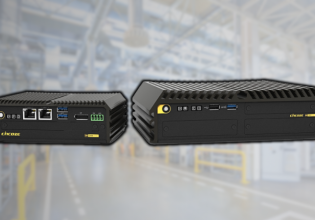Hi everyone,
I have wondered about choosing rightly cycle time for measurement and sampling time for control speed of DC motor. I have incremental encoder and I have implemented Kalman Filter for estimate speed which is used in feedback loop.
Am I right that cycle time of Kalman Filter algorithm (generally speaking measurement) should be at least 2 times lower than sampling time of speed controller? What about setting the same cycle time for both measurement and controller algorithm?
Is it any difference in case of using Kalman Filter or direct measurement ?
Thank you very much for any help and suggestions!
I have wondered about choosing rightly cycle time for measurement and sampling time for control speed of DC motor. I have incremental encoder and I have implemented Kalman Filter for estimate speed which is used in feedback loop.
Am I right that cycle time of Kalman Filter algorithm (generally speaking measurement) should be at least 2 times lower than sampling time of speed controller? What about setting the same cycle time for both measurement and controller algorithm?
Is it any difference in case of using Kalman Filter or direct measurement ?
Thank you very much for any help and suggestions!






